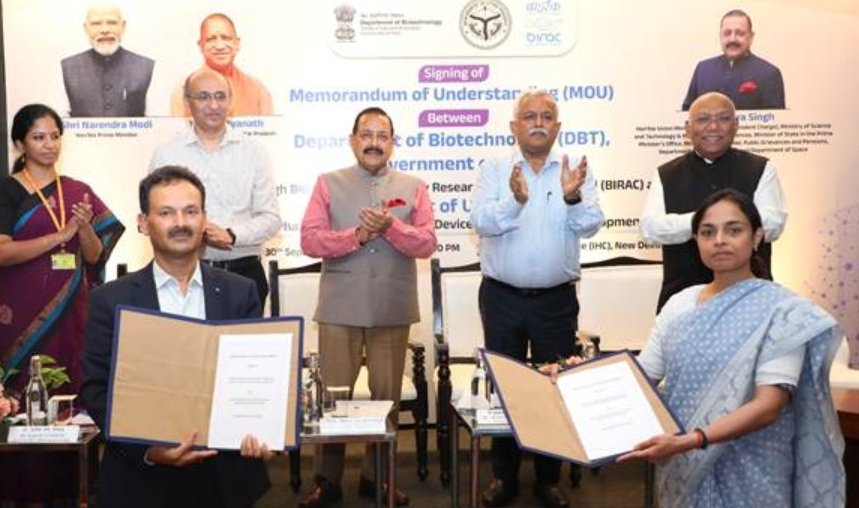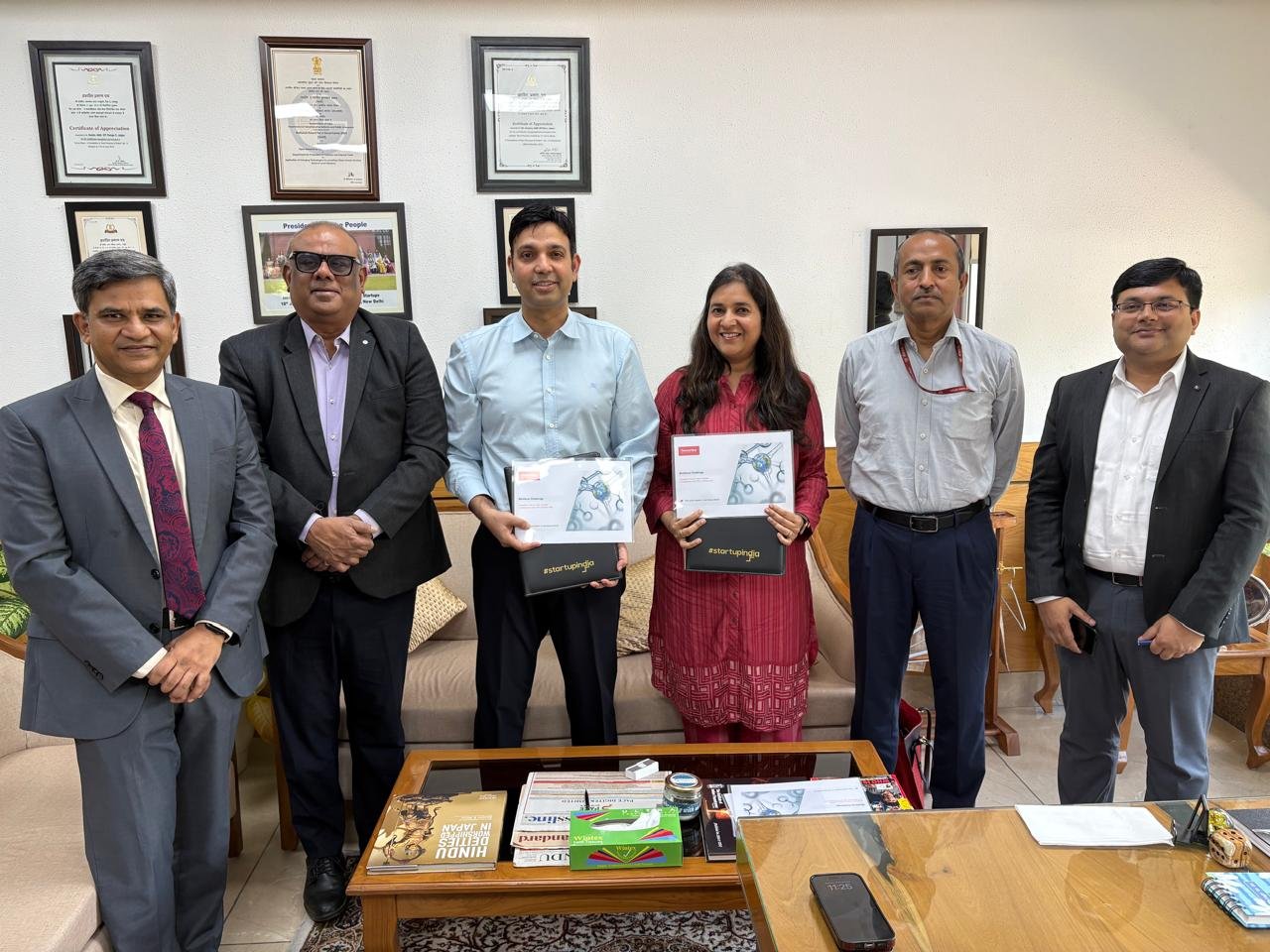“Indian generics industry will have to change global perceptions�
October 05, 2015 | Monday | Interviews | By Rahul Koul Koul
“Indian generics industry will have to change global perceptions�
How do you look at India growth story? With the new government in place and focus on Make in India, is that really translating into positivity at global level?
Kate: Currently the narrative is that India is lacking a compliance culture. Problems with clinical data and compensation issues are adding to that. Whatever the new government is doing, at least on the international front there is no change in the conversation. There are warning letters adding more to this perception of not being compliance friendly.
I think the 'Make in India' initiative is a right one and India does have tremendous potential. However, at the same time, the Indian firms will have to use more will power to tackle the issues that have stunted the growth. Indian industry has to be creative about changing the perceptions. Governance, self regulation is very necessary but all the stakeholders have to contribute. Small molecules, biological and overall generics have a great future here. I am much hopeful about India's growth story but at the same time it will take real efforts and investments. It will not grow by itself.
David: Regulatory changes are a game throughout the world. One of the challenges for biosimilar industry is to manage these diverse regulatory pathways. Even in Europe there is a pathway that continues to evolve. The US FDA is continuing to issue guidances on the development of biosimilars. Indian contract manufacturing is mostly for finished dosage products or APIs. Indian government and companies will have to effectively manage the global regulatory landscape to ensure that the global image and perceptions remain positive.
Is quality control and compliance a major issue for Indian industry? What are the specific steps to be taken in this direction?
Kate: Yes, I believe that quality and regulatory compliance are some of the major issues that the Indian industry must address. It was encouraging to see that regulatory was front and center in the recommendations that came out of the taskforce that brought together people from the government bodies and pharma industry organizations in India. Among the recommendations were developing relationships with regulatory organizations in other countries, strengthening of CDSCO, including adding more inspectors, and skill development to help companies produce at WHO GMP standards. Today, a challenge for many Indian companies is that they are making products for different markets using different standards, which makes it difficult to consistently comply with higher standards required by regulators from Brazil, Europe, or the United States.
Given the contrary view, how do you compare the generics and real innovation? Can both go hand in hand or parallel?
David: When the company wants to do innovation, they kind of have to define where they want to start. If they want to add the new brands into their fold, they have to start from scratch.
Generics and innovation absolutely coexist and generics depend upon what the innovators do. If they start launching the blockbusters, the generic industry will have fewer opportunities in longer run. Last year there were lot of launches and there is a mix of products that are finding the way to market including oncology drugs, orphan indications, biologics. Then one has to choose if you want to become biosimilar manufacturer. Few generic players identify the needs and then do incremental innovation where they chose their product carefully. It can't be just circumventing the patent and expecting the market to pay off. It takes hundreds of failures for big pharma players to get the really innovative products. It is a big decision.
Are the Indian generics despite their quality and affordability, still looked at with suspicion by global regulators?
Kate: Since such a large portion of the world's generic drugs come from India, I think that it it prudent for global regulators to pay very close attention to what's taking place in India. While Indian-made generics are affordable, and as such help to treat many people and contain healthcare costs in Africa, Asia, Europe, or Americas, it is the question around the quality and data integrity that likely keeps global regulators up at night. I think that at the world stage, it is fair to say that it is both in global regulators' and Indian generic industry's interest to see that Indian generics succeed.
What is the industry size in India and globally? What are the trends that you see in case of biosimilars?
David: Biosimilars were a $170 billion industry in 2012 and it is expected to reach $250 billion by 2020. The interesting thing about biosimilars in India is the biologics manufacturing. The partnerships too are playing an important role. The collaboration between Biocon and Mylan in India is an example. We can see so many companies in Europe and US collaborating with each other to share expertise.
In fact, the drug pipelines are being defined through partners However, before choosing the product, companies have to understand what drives the market, physicians and patients. The cost too is a factor. All these determine the traction of a drug.
What kind of strategies can drive the commercial success of biosimilar companies?
David: They have to have control over six major core competencies. They got to have control over regulatory safeguards, intellectual property. They got to have basic combination of strategy, marketing, partnering, and positioning to tackle competition.
Timing and geography govern strategic choice. The intellectual property playing field is different for biologics. The time required to develop and commercialize a biosimilar product is much longer than that of a small molecule generic. An evolving regulatory commercialization framework differs across geographic regions. The pace of understanding of the concept of biosimilars by stakeholders such as patients, healthcare providers and payers is evolving. The pace of innovation of new biologics can create a challenging competitive landscape for biosimilars. Partnerships enable a global strategy.
What advice would you like to give to startups that are trying to find foothold in the healthcare sector especially on sustainability and profitability?
Kate: Startups will have to identify the areas where they are good at. I don't think that one size fits all. In US, few companies don't have a manufacturing set up but the virtual office. Their main contribution is their brains - identifying market's product needs and partnership requirements. Therefore, variety of opportunities is there and space can be created by new players even though the generics arena is saturated. Having said that, the core competencies developed by the companies can help them to manufacture innovative products and create their own space with differentiated products. Companies need to make partnership management, navigate regulatory requirements and identify pockets of opportunities that others might have overlooked.










